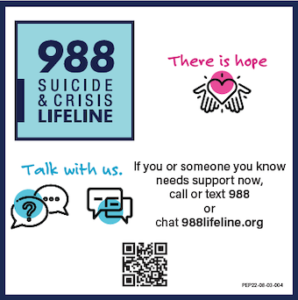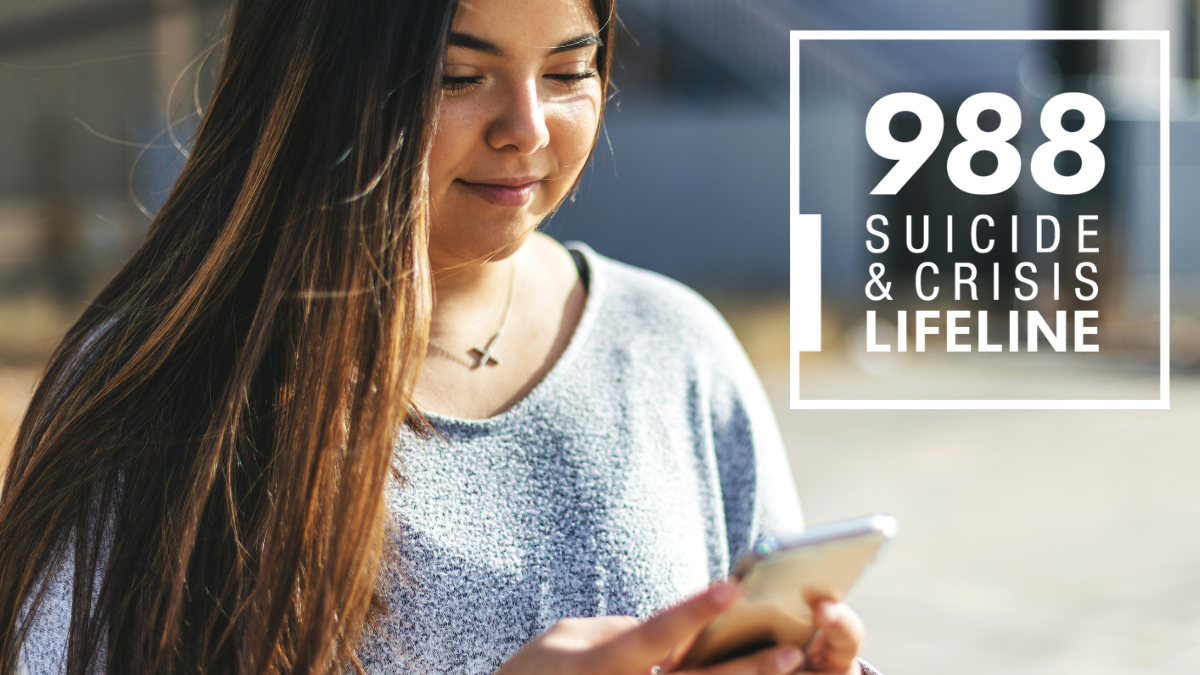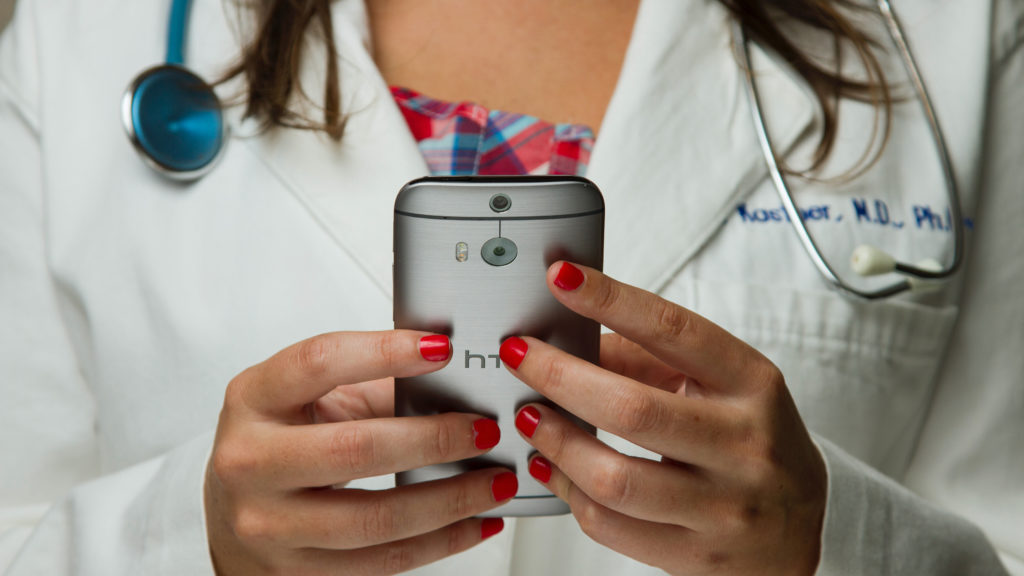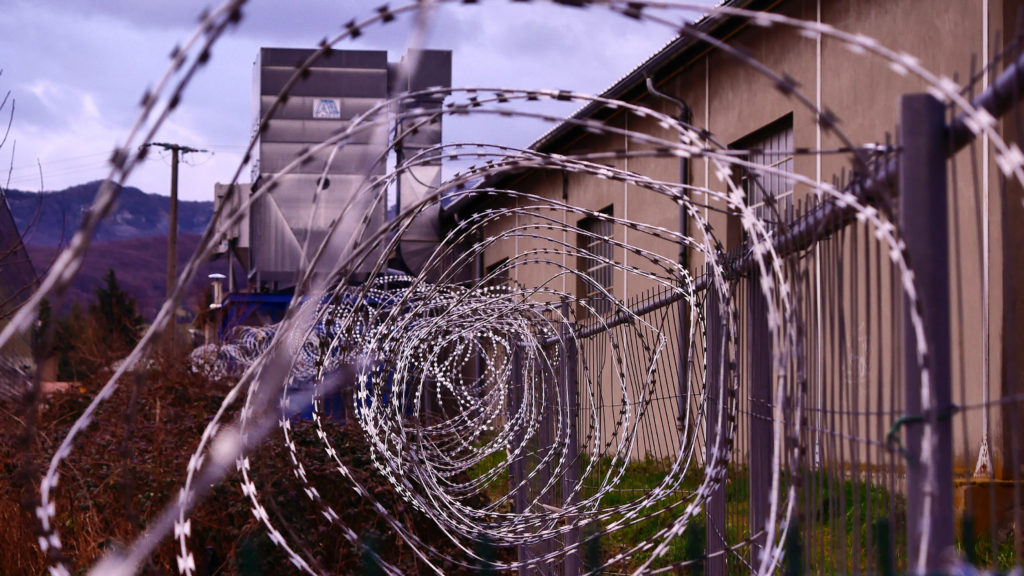Almost 4 in 10 Americans have experienced the death of a friend or family member by suicide.
September is National Suicide Prevention Month in the U.S. According to the latest data from the Centers for Disease Control and Prevention, 45,979 people died by suicide in the United States in 2020, which amounts to one death every 11 minutes. For people 10–34 years old, suicide is a leading cause of death. Additionally, 12.2 million adults seriously thought about suicide in 2020.
According to a Lifeway Research online survey, most Americans (77%) believe suicide has become an epidemic in the United States, with 34% strongly agreeing and 44% somewhat agreeing. This number is larger than the 56% of Americans who agreed in a 2014 phone survey.
“It appears that some who are more distant from those who have taken their own lives are quicker to judge these actions,” said Scott McConnell, executive director of Lifeway Research. “But it may also be true that those who have consequential views of suicide are less likely to be in communities that consider it.”
The number of Americans who have a friend or family member who died by suicide has increased slightly since 2014 (39% v. 36%). Those in the South are among the most likely to say they have a friend or family member who has committed suicide (43%) and to say suicide is an epidemic (81%). White Americans are among the most likely to have a friend or family member who has committed suicide (42%) and to identify suicide as an epidemic (79%).
Religious perspective
Few survey respondents believe people who commit suicide are selfish (38%) or are automatically going to hell (23%). Those numbers have remained relatively steady since 2014 when 36% said suicide was selfish and 23% said someone who commits suicide automatically goes to hell.
Younger Americans and those with lower levels of formal education are more likely to say suicide is an epidemic in the United States. But religious beliefs and practice also play a role in attitudes toward suicide. Those with evangelical beliefs are more likely than those without evangelical beliefs to say suicide is selfish (48% vs. 35%) and automatically leads to hell (39% vs. 18%).
“For most, hell and selfishness are not the first things to come to mind when they think about suicide. Those less connected with Christian belief and practice are even less likely to see a selfish component to ending one’s life prematurely,” McConnell said. “Americans are twice as likely to see suicide as an epidemic to be stopped than a sin they can judge.
“Jesus taught that each person should love their neighbors as God loves each of us. Each person has value and purpose because they are loved by God and others,” McConnell continued. “When each life matters individually and to the community, voluntarily removing any life is tragic.” (For more information, view the complete report.)http://www.thebaptistpaper.org/
24/7 help available
The 988 Lifeline, which debuted nationwide July 16, is one way to help those in distress due to mental health issues.
 Like the 911 dialing code for emergencies, the 988 dialing code connects callers immediately to the existing National Suicide Prevention Lifeline. People also can text 988 or chat with someone at 988lifeline.org.
Like the 911 dialing code for emergencies, the 988 dialing code connects callers immediately to the existing National Suicide Prevention Lifeline. People also can text 988 or chat with someone at 988lifeline.org.
The Lifeline is staffed 24/7 with care and support professionals trained in assisting an individual experiencing mental health-related distress, whether that’s thoughts of suicide, emotional distress or another mental health or substance use crisis. People also can dial 988 if they are worried about a loved one who may need crisis support.
“An alternative to 911 for mental health crises, 988 connects callers to Lifeline centers,” said Kristen Newton, an Alabama-based volunteer advocate with the American Foundation for Suicide Prevention.” These centers de-escalate 98% of crisis calls without dispatching emergency services. Well-resourced crisis support systems can connect callers with local resources, including someone to talk to (call centers), someone to respond (mobile crisis teams) and somewhere to go (crisis stabilization centers).”
In 2021 it received 3.6 million calls, chats and texts. That number is expected to at least double within the first full year after the 988 transition, DHS officials said. The push now is to make people aware of the new code, DHS officials said.
For more information on the 988 mental health crisis line, click here. (Lifeway Research, Carrie Brown McWhorter contributed)






Share with others: